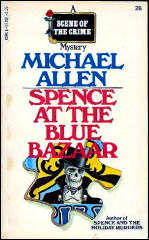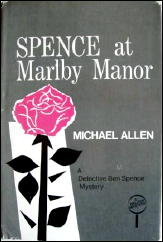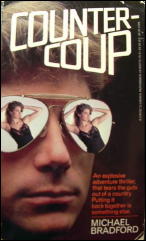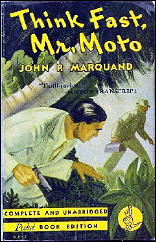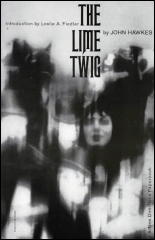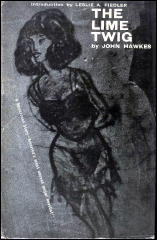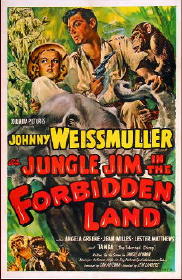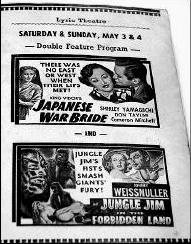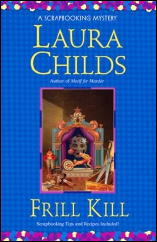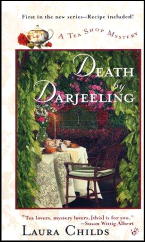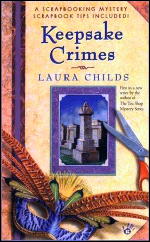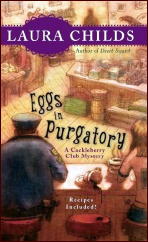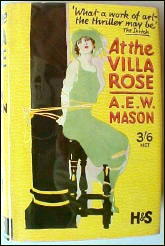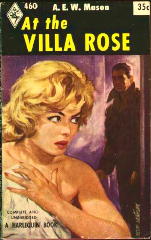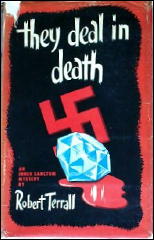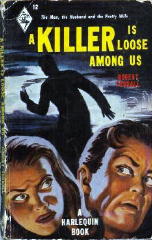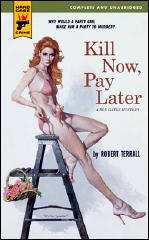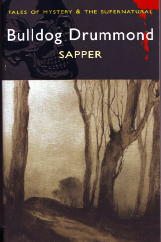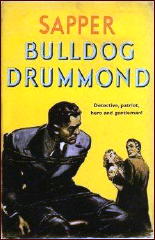THE GOLDEN AGE OF BRITISH MYSTERY FICTION, PART VII
Reviews by Allen J. Hubin.
A Stranger Came to Dinner by Andrew Soutar (Hutchinson, 1939) is a fairly vigorous specimen of the 1930s British thriller, involving London inquiry agent Phineas Spinnet in an espionage affair.
At first sight it seems to involve only a straightforward murder, as Sir Peter Greebe is battered to death in his mansion while a bizarre collection of international guests is enjoying his hospitality. The Yard is invited in and Spinnet is hired by a newspaper to poke about and report.
At least he does the former, and the case quickly becomes murkier. A Japanese house guest is found hanged in a sealed room in which there is no place from which the rope could have been suspended — but little is made of this impossibility and the solution is casually revealed. Spinnet’s role becomes official and involves, among other perils, a fall from an airplane and torture in Portugal.
There seems to be some sinister threat against Britain, and the name of the mysterious secret agent known as the Buzzard (friend or foe? live or dead?) circulates. Spinnet, playing both ferret and bait, catalyzes a surprising resolution.
***
Robert Machray‘s Sentenced to Death (Chatto, 1910) dates from an age when men were strong and silent and women pure. Its subtitle is “A Story of Two Men and a Maid,” and so it is.
The maid is Zilla Barradell, pure and wealthy, who while taking the cure in the brine baths at Wyche meets one of the men. This is Halliday Browne, strong and silent, silent especially on the subject of his secret service activities in India, the sentence of death by Indian extremists which hangs over his head, and his growing love for Zilla.
The other man is Fernando Valdespino, a weak villain with a penchant for losing money at cards. Zilla does not see beyond his handsomeness and allows him to spike her relationship with Browne. Meanwhile a plot to bring terror and violence to England has been uncovered, and Browne, as chief investigator and principal target, is drawn into the fray.
Who are the nasties in this scheme and who, besides Halliday, are their targets, and where are they hiding out? A diverting period piece, straightforward and predictable, is this — a romantic thriller, not a detective story.
***
I am well pleased with the first Paul McGuire tale I’ve read, Murder by the Law (Skeffington, 1932). McGuire seems to have a certain currency: Barzun & Taylor speak well of at least some of his works, and his books (especially those not published in the U.S., like this one) were (at least in my book-collecting years) both sought and scarce.
The plot and setting in Law are certainly acceptable but not exceptional. Rather more significant are the characters McGuire sketches for us, and his skillful and evocative use of language, particularly in dialogue.
One overly hot week of an English summer various people, including the curious folk of the New Health and Eugenist persuasion, gather at Bellchurch on the Sea. Also among the gatherers is Harold Ambrose, a poisonous novelist toward whom McGuire directs his most inspired venom. While someone else directs a blunt object…
Ambrose’s battered corpse is found on the beach, and Supt. Fillinger — trailed by narrator Richard Tibberts and painter-sleuth Jack Savage — thrusts his elongate form into a social realm containing at least one satisfied and accomplished killer.
***

Although Rogues in Clover by Percival Wilde (Appleton, 1929) is listed in ?Queen?s Quorum,? is hideously scarce (only this first hardcover edition was ever published, to my knowledge), and has been sought after feverishly by collectors with deadly glints in their eyes and bankrolls in their fists (I came by my copy in an curious fashion in a one-time visit with dealer/ author Van Allen Bradley), as one American entry in this set of reviews, it barely qualifies as marginal mystery/detection.
We are introduced, in an opening chapter (?The Symbol?) to Bill Parmalee, son of a wealthy Connecticut farmer. Parmalee fled hearth and home to become a card sharper, pursuing a career of cheating which had its ups and downs, one of the latter finding him, unexpectedly, in his home town.
He thought then to visit his widower father, who spurned him because of his life of crime. A duel over a deck of cards ensued, in which his father reawakened all those good instincts Bill had submerged, and Bill is then welcomed back into the paternal bosom.
The remaining seven stories detail the cheating schemes Bill uncovers, usually in poker games and always at the behest of his woolly and wealthy friend Tony Claghorn. These are pleasant tales, nicely told with genteel humor and amusing insight into human nature, and they are better read as such than crime fiction.
***
NOTE: Go here for the previous installment of this column.

